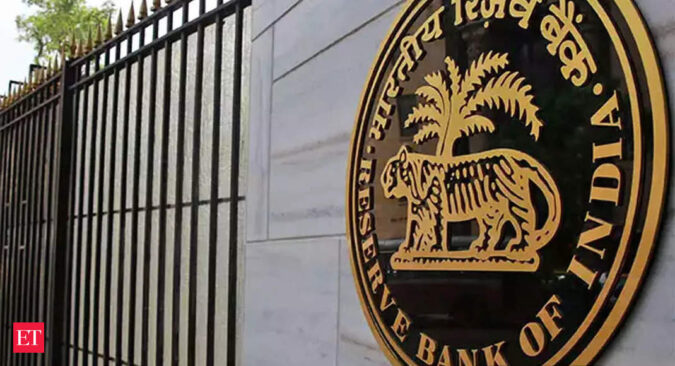Even as future inflation trajectory has upside risks due to supply side factors as weak monsoons on account of El Nino factors could impact food production and supplies which in turn could hit food inflation. But the central bank forecast easing of inflation at 5.2 for 2023-24 on account of its monetary measures that help manage demand side factors.
Inflation is estimated to have eased by more than 50 bps on account of the 250 basis points hike in repo rates as compared to a rise in inflation of about 90 bps if the repo rate was left unchanged at 4 per cent, the central bank staff research shows.
An eight quarter study by the central bank’s researchers starting April-June’2022 quarters shows that inflation would have peaked to 7.3 percent at the end of eight quarters had the central bank maintained the benchmark repo rate at 4 percent in May 2022. While an one time hike of 100 basis points (one bps is 0.01 per cent) inflation would have been lower by about 25 bps as compared to the no policy change scenario
However, under the current tight monetary policy scenario-increase in repo rate by 250 bps until February 2023- inflation is estimated to have eased by more than 50 bps as compared to a rise in inflation of about 90 bps under policy repo rate left unchanged at 4 per cent.
To tame inflation and bring it within the tolerance band as the immediate priority due to the surge in inflation largely on account of the Ukraine-Russia war, the Reserve Bank raised the policy repo rate cumulatively by 250 bps between May 2022 and February 2023 to 6.5 percent while shifting policy stance to withdrawal of accommodation.Significantly, monetary policy measures help manage inflation from the demand side by managing cost of funds through its policy of interest rate- now repo rate- revisions. The RBI researchers note that on an average contributions of demand side factors to inflation, which was 35.2 per cent in 2019, dropped during the COVID-19 shock to 24.6 per cent in 2020, and then recovered gradually to 31.8 per cent in 2021 and 30.5 per cent in 2022.During excess rain induced supply shocks in October-November 2019 as well as during different phases of COVID-19, supply side factors became predominant. On an average, supply side factors contributed around 55 per cent to CPI headline inflation during the entire sample period between January 2014 and December 2022, RBI said in its latest annual report.
